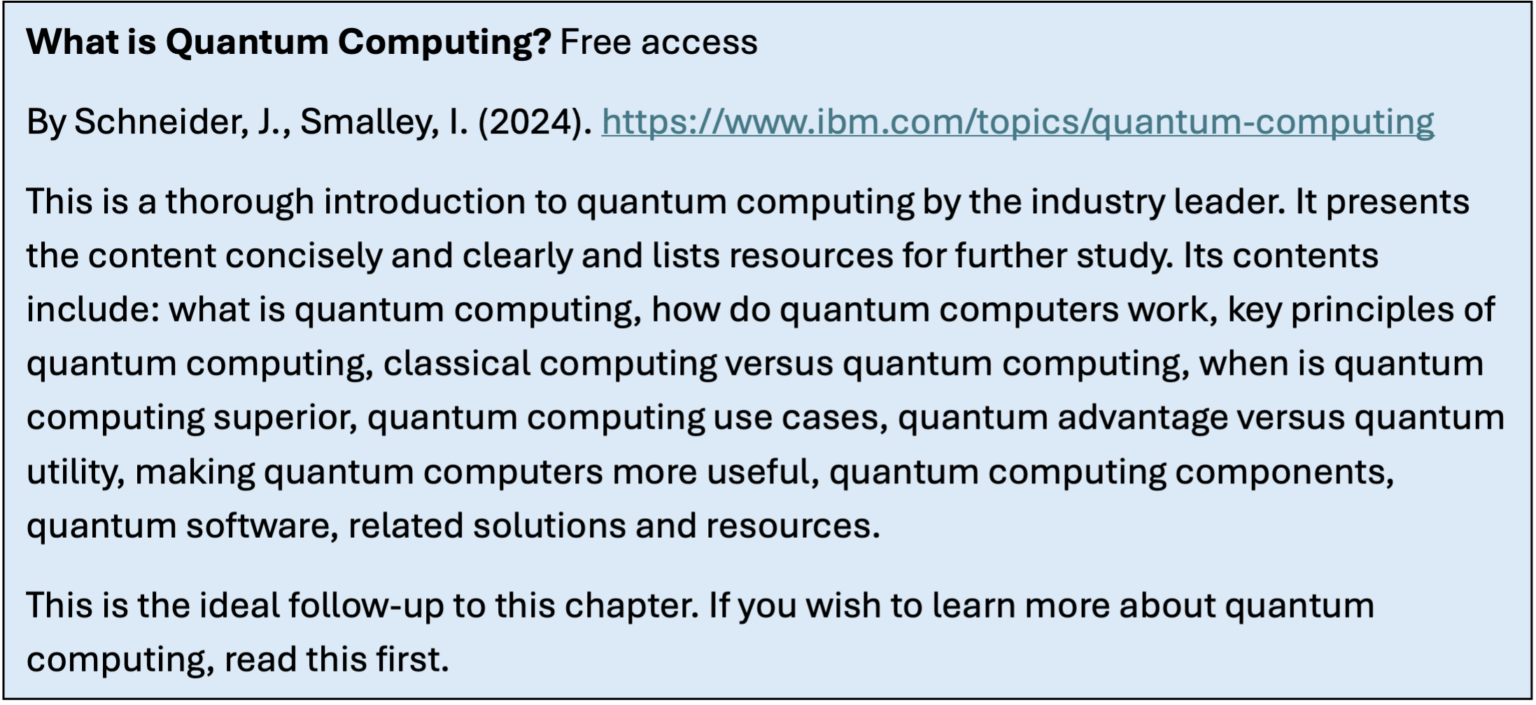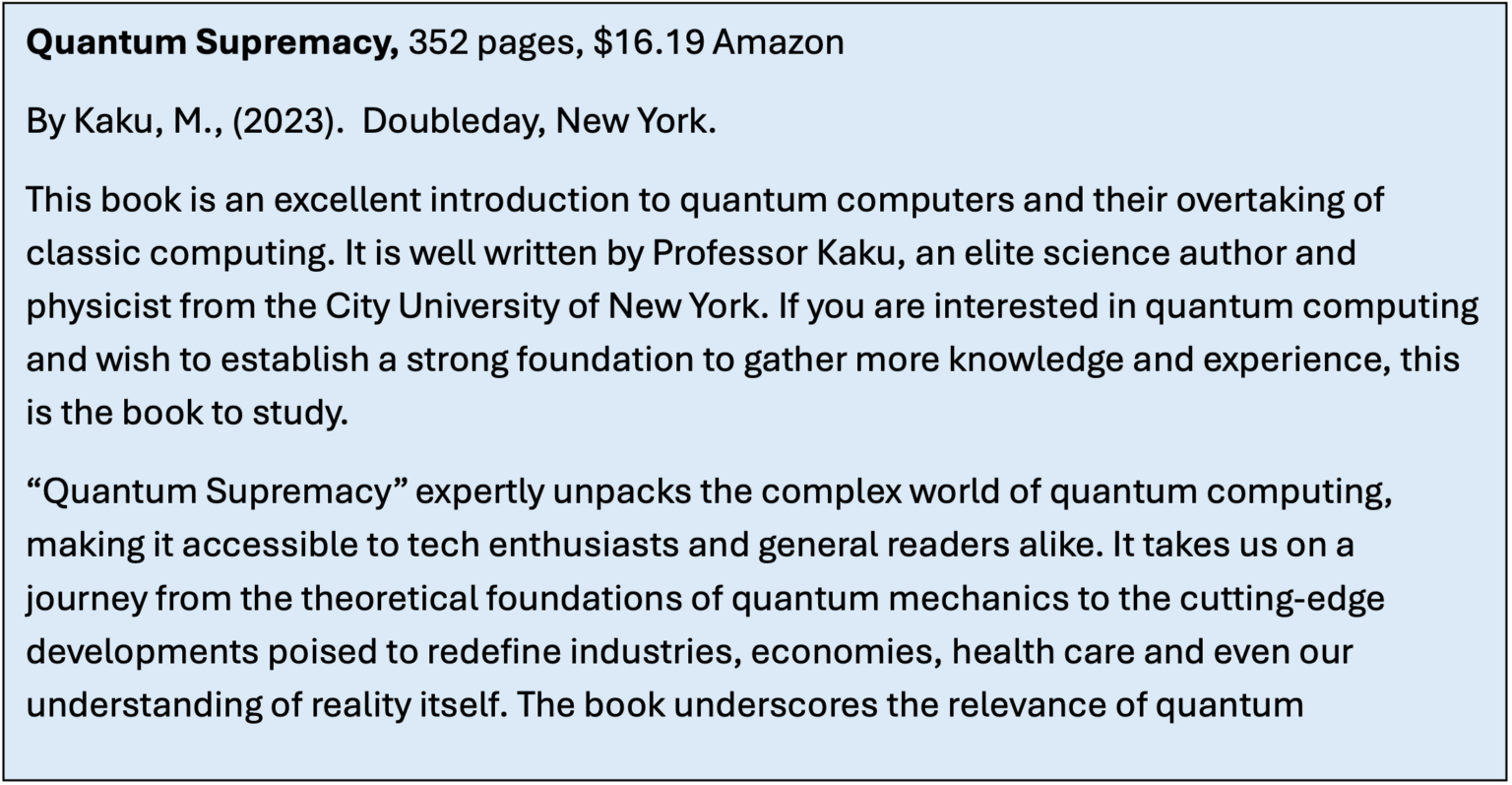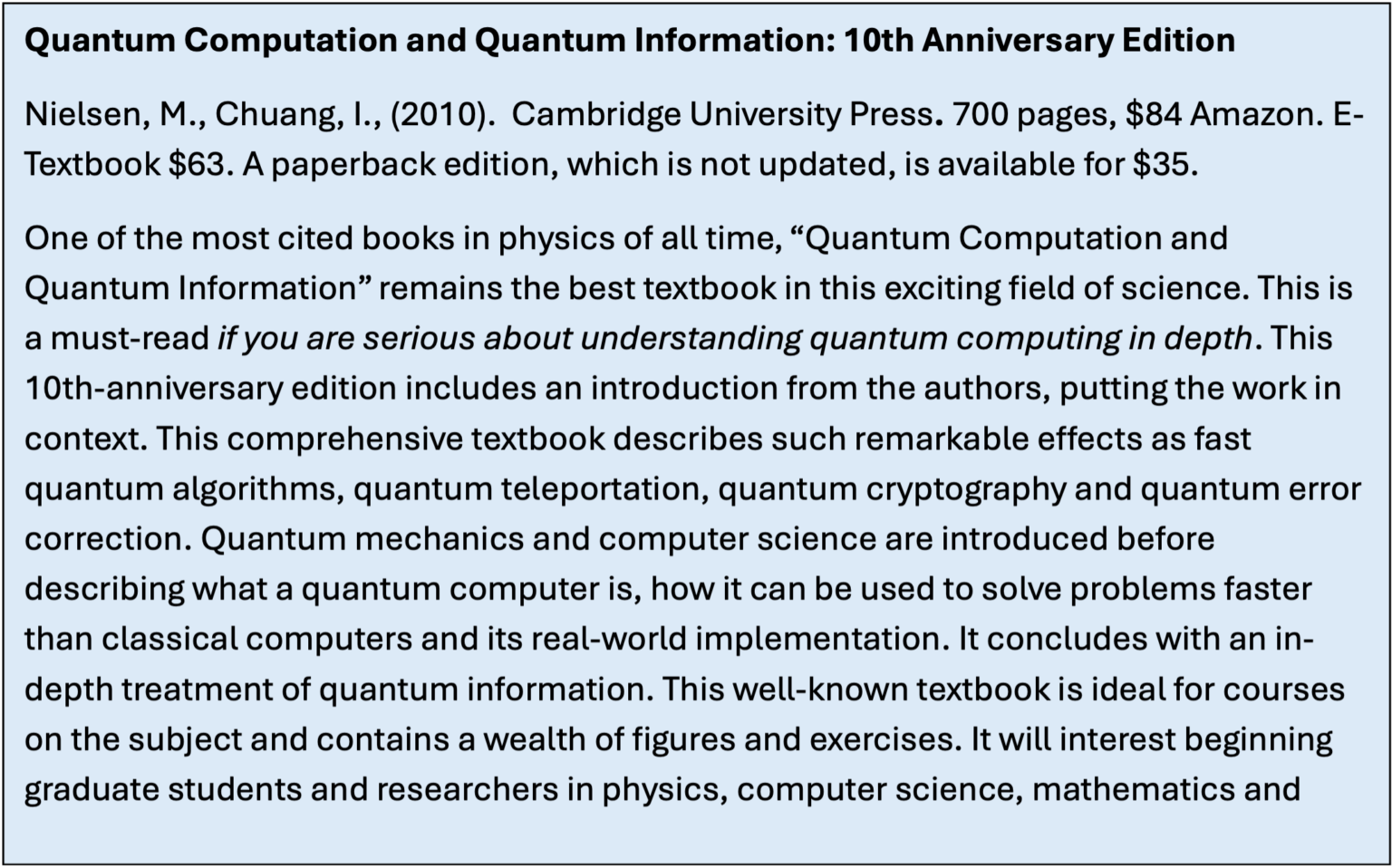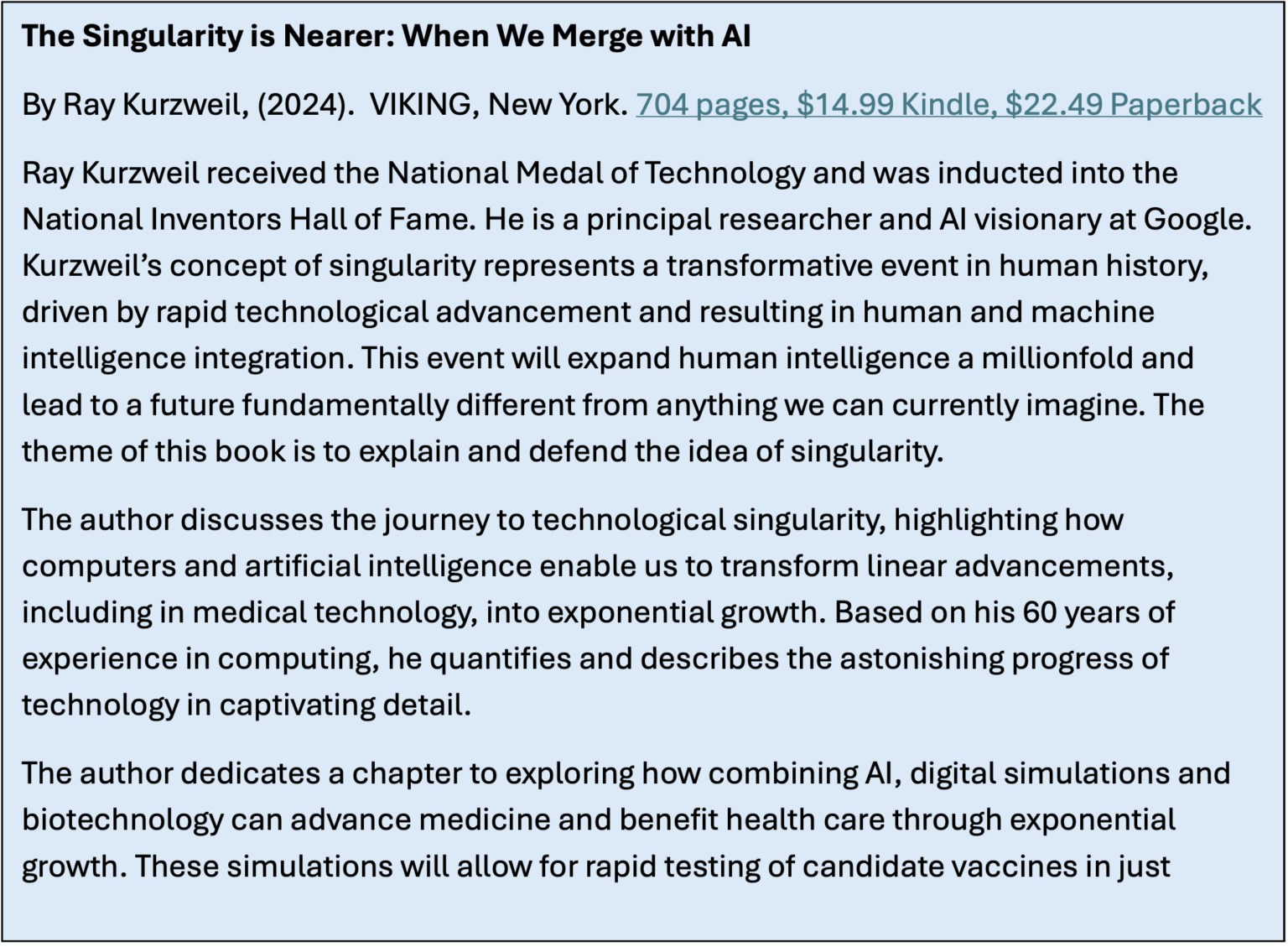Advancements in computer hardware will significantly enhance health care outcomes. To truly understand the transformative revolution around us, it’s essential to delve into the fascinating origins and swift evolution of computers, which continuously adapt and enhance their capabilities. Imagine a world where supercomputers, the current pinnacle of processing power, are outpaced by cutting-edge quantum computers. This technological leap will unleash an unprecedented surge in computing power and speed, shattering the barriers imposed by chip size, manufacturing complexities and other challenges that some think will constrain us.
This is the sixth article in the Fuel Your Future series from Fuel Medical Group, aimed at helping Au.D. students navigate the upcoming changes in their profession and preparing them to thrive in a transformed health care system. Here, we will trace the historical path of computer progress and clarify the ongoing development of quantum computers that will drive the future of health care.
The Foundation and Driver of Hearing Health Care’s Transformations

As discussed in previous articles, artificial intelligence (AI), big data analysis, precision medicine and genomics are revolutionizing the health care landscape. The rapid growth in computing power and speed is at the heart of this transformation. This article explores the significant advances in computing technology and their impact on health care and audiology. It also covers how emerging computational paradigms, especially quantum computing, are set to accelerate the transformation of medical practices and patient care.
Quantum computing, leveraging quantum mechanics, will transform life sciences by analyzing vast amounts of medical data more efficiently and accurately than classical computers. By using rapid simulations and complex molecular modeling, quantum computing will accelerate drug discovery, genomics and precision medicine development. We will focus on quantum computing more, but first, let’s explore classic computers’ evolution into today’s primary driving force behind the transformation of health care.
HISTORICAL PERSPECTIVE
Just as childhood experiences influence adult behavior and thinking, computing’s history affects the present and future of computing. Understanding the history of computers is also essential for appreciating the power and potential of quantum computing. By studying this history, we can recognize the extent and pace of its progress. I will weave in a sampling of my computer experiences to give you a glimpse of the history and role of computing in hearing health care (HHC).
Early Mechanical Computer Concept
In 1822, Babbage conceptualized the Difference Engine, the first automatic computing machine designed to approximate polynomials. It could perform only basic arithmetic operations, primarily addition (https://www.computerhope.com/issues/ch000984.htm) (https://www.britannica.com/biography/Charles-Babbage) (Harper, C. 2019). The machine was relatively simple and operated using a series of gears and levers (Harris et al., 2023). It could compute several sets of numbers and make hard copies of the results.
Before mechanical computers, a “computer” was a person who performed mathematical calculations. Babbage’s revolutionary idea was to create a machine that could perform these calculations automatically, inspired by seeing complex mathematical tables in France (Harris et al., 2023). In 1848, Ada Lovelace, working with Babbage, wrote the world’s first computer program, further advancing the conceptual foundations of computing (Williamson, T., 2023).
The first machine to record and store information
In 1890, Herman Hollerith developed a method for machines to record and store information on punch cards for the U.S. census. Hollerith’s machine was approximately 10 times faster than manual tabulations, saving the census office millions of dollars. Hollerith later formed the company we know today as IBM (https://www.computerhope.com/issues/ch000984.htm).
Punch Cards: As mentioned above, early computers could not store files like modern computers do. As a result, punch cards were used to create data files and programs. Punch cards are paper cards with holes punched in them to represent computer data and instructions. They served as a standard method for inputting data into early computers. A complete program could be stored by combining hundreds or even thousands of these cards. One primary concern with punch cards was the risk of dropping them. If the cards were dropped or became disorganized, restoring the program to its original order could take days or even weeks.
The first fully functional digital computer
J. Presper Eckert and John Mauchly invented the ENIAC (Electronic Numerical Integrator and Computer) at the University of Pennsylvania. Construction began in 1943 and was not completed until 1946. It occupied about 1,800 square feet, used about 18,000 vacuum tubes and weighed almost 50 tons (https://www.computerhope.com/issues/ch000984.htm).
Personal Experience: Sixty years ago, as graduate students in the Auditory Research Laboratory at Wayne State University (WSU), we were permitted to use one of these types of computers for our research. It was a very large mainframe computer housed remotely in a vast facility, accessed by a limited number of hard-wired remote terminals and programmed using punch cards. Analyzing the data took days.
When Ray Kurzweil attended the Massachusetts Institute of Technology (MIT) at this same time (1965), they had a state-of-the-technology IBM 7094 mainframe computer. It cost $3.1 million in 1963, which is $30 million in 2023 dollars, and could perform a quarter of a million operations per second. Thousands of students and professors shared it. By contrast, the iPhone® 14 Pro, new, costs $999 and achieved up to 17 trillion operations per second. The iPhone 14 Pro is 68 million times faster than the IBM 7094 and less than one-30,000th the cost. A two-trillion-fold improvement (Kurzweil, 2024)!
The first computer with RAM
MIT introduced the Whirlwind machine on March 8, 1955. This revolutionary computer was the first digital computer with magnetic core RAM (random-access memory) and real-time graphics. These computers soon evolved into the first laboratory minicomputers and transistor computers.
Personal Experience: In the late 1960s and early ’70s at the University of Florida, I immersed myself in a remarkable journey as a postdoctoral student and later as a faculty member in Don Teas’ laboratory. Our workspace was dominated by an extraordinary, custom-built computer called HAVOC, sourced from MIT and Washington University, St. Louis—it was a behemoth. This massive machine, a labyrinth of intricate electromechanical devices, filled an entire room and filled the air with an enchanting symphony of clicking sounds. It demanded a chilly 50 degrees Fahrenheit environment to function perfectly. Research assistants wore coats in this Florida laboratory.
The primary function of this colossal computer was simply to calculate average electrophysiological waveforms, specifically the N1-P2 components, which we recorded from the surface of the skull in response to auditory stimuli. Later, we advanced to a more sophisticated computer, the PDP (Programmed Data Processor) developed by Digital Equipment Corporation, to record and analyze inner ear potentials and auditory nerve impulses in response to sound.
This era of technological innovation was electric, quite literally, as we pushed the boundaries of our understanding of electrical potentials, physiology and micromechanics of the inner ear and the resulting nerve stimulation (Konishi, Nielsen, 1978). Researchers using these computers laid the knowledge base for developing algorithms to help create cochlear implants, changing countless lives. Looking back, it was an exhilarating and fruitful time, marked by creativity and discovery. Thanks to advances in computing, we felt like we were on the brink of unlocking the secrets of hearing itself.
The first personal computer (PC)
In 1975, Ed Roberts coined the term “personal computer” when introducing the Altair 8800. However, many consider the first personal computer to be the KENBAK-1, launched in 1971 for $750. The KENBAK-1 used several switches for data input and provided output by turning various lights on and off (https://www.computerhope.com/issues/ch000984.htm).
The first laptop or portable computer
The IBM 5100 was the first portable computer, released in September 1975. It weighed 55 pounds and had a five-inch CRT (cathode ray tube) display, a tape drive, a 1.9 MHz PALM processor and 64 KB of RAM. Some years later, I purchased my first portable computer, an HP, which weighed only 14 pounds!
Personal Experience: At Henry Ford Hospitals Otologic Research Lab in the 1970s, before Apple or PC computers were available, we embarked on a successful journey to repurpose a compact, personal-sized HP computer, initially designed for the rigors of machine and assembly line control, to train and test animals’ hearing. Our mission? To delve deep into the intriguing effects of noise on hearing (Nielsen et al., 1986).
Meanwhile, in the Audiology Clinic at HFH, a generous $40,000 grant from the March of Dimes empowered us to dream big. We constructed a device capable of measuring pediatric auditory brainstem responses (ABRs). At a towering six feet, this technological marvel required the specialized care of an electrical engineer.
Computers were shrinking in size at this time, but they still had hefty price tags; my first word processor, complete with a printer, set us back $6,000 in the ’80s and took over our entire dining room table! Fast forward just a decade, and the world had transformed. We proudly purchased a compact word processor for our daughter for under $1,000, equipping her for the digital age and her first year in college.
Today, the landscape looks astonishingly different. Word processing has become an essential feature on any laptop, which seems almost a miracle compared to those early days. Pediatric ABRs are now performed on newborns using sleek, portable devices operated by skilled medical technicians and nurses in the lively, often noisy environments of neonatal intensive care units (NICUs). Think of what tomorrow will bring.
As classical computers continued their rapid evolution, shrinking in size while exponentially increasing power, their applications penetrated every facet of daily life. Today, an astounding 90% of Americans and 60% of people around the globe are owners of smartphones, each boasting more computing power than the elaborate research systems we once relied upon. Today’s hearing aids use computers and AI to provide sophisticated algorithms to improve patients’ hearing. The transformation of classic computers into supercomputers has sparked an incredible wave of innovation. This shift is dramatically reshaping the health care sector, enabling advancements that once seemed like science fiction and establishing new, higher benchmarks for quantum computing to achieve.
QUANTUM COMPUTING
Classic Supercomputers: At the Argonne National Laboratory, in one second, Aurora, the newest exascale supercomputer, can perform two quintillion operations, the number two followed by 18 zeros. It should be functional this year and have 70% more memory than the previous top supercomputer. Aurora’s creators will equip it with the latest advances in AI and use it to address medical issues, among other goals. In addition, Lawrence Livermore National Laboratory and Tesla are each building even more powerful supercomputers. These supercomputers set the benchmark for quantum computers to beat.
Quantum Computing: In classical computing, we try to force nature into two states, zeros or ones. Quantum computing has the advantage of being quantum-based, more continuous-based, like nature rather than zero-one digital-based like supercomputers, so it can simulate reality that digital computers struggle with. Quantum computers also promise to be more powerful than digital computers. The best supercomputer, before Aurora, would take an astonishing 47.2 years to match a computation by Google’s newest quantum computer (Kaku, M., 2023). Quantum systems have the potential to solve problems the fastest classical supercomputers could not crack in millions of years. The implications for solving health care problems are genuinely revolutionary.
Quantum computing represents a paradigm shift in computational power, leveraging the principles of quantum mechanics to process information in probabilistic ways that classical computers cannot. Quantum computing is based on the principles of quantum mechanics, which describe the behavior of matter and energy at the smallest scales. To understand quantum computing, you need to grasp a few key concepts from quantum physics (Schneider et al., 2024) (Nielsen & Chuang, 2011).
Quantum bits, or qubits, are the fundamental units of quantum information. They can exist in multiple states simultaneously, which is known as superposition, unlike classical bits, which can only be in one state. Combining two quantum states will create an entirely new state; inversely, each quantum state can be represented as a combination of two or more states (Scott, 2024). This property allows qubits to process vast amounts of information in parallel, potentially exponentially faster than classical bits for many computations.
Quantum entanglement occurs when two or more particles become interconnected so that the quantum state of each particle cannot be described independently. That is, knowledge about one gives you immediate knowledge about the other, no matter how far apart they are. This property allows quantum computers to perform many calculations exponentially faster than classical computers.
Quantum interference is the phenomenon where the wave-like nature of quantum particles can lead to constructive or destructive interference patterns. This property is harnessed in quantum computing to amplify correct solutions and cancel out incorrect ones.
Quantum computers can perform calculations in parallel thanks to the laws of quantum mechanics and entanglement between qubits, meaning the fates of different qubits can instantly change each other. Classical computers, by contrast, can work only in sequence (Afifi-Sabet, 2024a).
Quantum computers are essential for optimizing complex tasks. Traditional computers struggle or fail when solving problems with numerous potential solutions. In contrast, quantum computers can evaluate all possible solutions simultaneously and identify the optimal one rapidly. They also enable more extensive and complex datasets for AI training, resulting in more sophisticated systems. In summary, quantum computing enhances AI’s capabilities by removing the limitations of data size, complexity and problem-solving speed. They can simulate complex biological systems; speed up machine learning algorithms; expand and personalize disease diagnosis, prevention, cures and treatments; and advance drug discovery. The point where quantum computers overtake classical ones is known as quantum supremacy, and researchers are working toward that goal.
Quantum computers are susceptible to interference from external sources (external quantum interference) that causes errors. Alexis Morvan and the Google research team have discovered a way to limit this interference. When quantum computers enter this specific weak noise phase, they can perform computationally complex calculations that outpace the performance of the fastest supercomputers. This research, demonstrated on Google’s 67-qubit Sycamore chip, suggests that quantum computers can outperform classical computers in specific calculations (Afifi-Sabet, 2024b).
Today’s large quantum computers are at the developmental stage that classic mainframe computers were in the 1950s. However, many are not occupied in a nearby building but in the cloud and are easily and rapidly accessible by remote devices wirelessly. Even so, the first quantum computer fully dedicated to health care and life sciences is an IBM quantum computer being installed on Cleveland Clinic’s Cleveland campus (Scott, 2024). No punch cards are required.
Exponential progress is being made in the development of quantum computers. Quantum systems are naturally susceptible to errors due to environmental interference and the delicate nature of quantum states. However, Google’s newest 105-qubit quantum processor, named Willow, has recently demonstrated the ability to significantly reduce errors by increasing the number of qubits (Acharya R. et al., 2024). This breakthrough lowers the error rate to an acceptable level and paves the way for constructing larger and more reliable quantum systems that can address complex real-world problems. In one demonstration, Willow completed a sophisticated mathematical calculation in less than five minutes—a complex calculation that one of the world’s most powerful supercomputers would be unable to accomplish in 10 septillion years, a duration far exceeding the universe’s age.
Additionally, advancements are being made in applications that will significantly benefit health care. Here are some examples.
Quantum Computer Applications in Health Care
Quantum computing harnesses the laws of quantum mechanics to solve complex problems that traditional computers, including today’s supercomputers, cannot. Quantum technology can consider numerous variables that interact with each other in complicated ways. In health care, this offers the potential to advance precision medicine, drug discovery and diagnoses through complex analyses.
Realistically, classical computers will continue to be used for most current applications. However, cloud-connected quantum computers or hybrid ecosystems are already being implemented to explore various advanced applications. We can expect this advanced technology to impact health care as quantum computing progresses.
Quantum computing has the potential to revolutionize these aspects of health care:
Data Processing and Analysis
Quantum computing offers superior data processing capabilities and new approaches to AI and machine learning:
- Quantum computers allow for simultaneous information processing through quantum parallelism, drastically reducing the time required for complex health care computations and improving the ability to analyze larger medical datasets, like those in precision medicine we discussed in a previous article.
- They will analyze complex medical imaging data or patient information in real time, surpassing the capabilities of classical supercomputers.
- They can process and analyze health care data in fundamentally different ways from classical computers. This could reveal patterns and insights in large-scale health data invisible to classical systems like Aurora.
Advanced Diagnostics and Imaging
Quantum computing enhances diagnostic capabilities:
- It improves the speed and accuracy of analyzing medical images, potentially leading to earlier disease detection.
- Quantum-enhanced algorithms will improve the sensitivity and specificity of diagnostic tools.
- There’s potential for quantum MRI machines to generate extremely precise imaging, allowing visualization of single molecules.
Precision Medicine
Quantum computing is revolutionizing precision medicine:
- Quantum computing will produce faster, more complete genome sequencing and analysis, allowing for the universal inclusion of that analysis in patients’ electronic medical records and tailored treatments based on individual genetic profiles.
- This technology helps reduce the trial-and-error approach often associated with treatment planning, reducing side effects, improving patient outcomes and lowering health care costs.
Predictive Health Care
Quantum computing enhances predictive capabilities in health care:
It enables more accurate predictive models for disease progression and treatment outcomes.
The technology facilitates genome analysis and virtual reconstruction for precise, individualized data, determining individual patients’ biological tendencies and enhancing twin simulators where risky treatments can be tried.
Clinical Trials and Research
Quantum computing could revolutionize clinical trials:
- It may enable widespread use of in silico clinical trials, which are perfectly simulated trials performed without using any living cells.
- This could propel medical research forward by allowing hypotheticals and theories to be tested without real-world drawbacks.
Enhanced Drug Discovery and Development
Quantum computing significantly accelerates the drug discovery process:
- It can simulate complex chemical reactions and molecular interactions at the atomic level, which is crucial for drug discovery.
- While supercomputers like Aurora can screen up to 22 billion drug molecules per hour, quantum computers have the potential to simulate larger and more complex molecules that are beyond the reach of classical supercomputers.
- Quantum computing enables more efficient molecular simulations, allowing researchers to model complex chemical reactions for new drug development.
- Quantum simulations transform chemical formulas into 3D structures, which is crucial for fields such as drug discovery, therapeutics and immunotherapy.
- This technology will lead to more rapid and accurate identification of new drug candidates, particularly for challenging targets, and will reduce the time and cost of developing new drugs. This could rejuvenate the pharmaceutical approach to HHC for noise exposure prevention, tinnitus and more.
IN CONCLUSION
Although Aurora and other supercomputers are currently more practical for many health care applications, quantum computers are expected to surpass them in specific complex tasks that align well with quantum algorithms. Quantum computing will revolutionize health care by enabling more precise diagnostics, personalized treatments, efficient drug discovery and advanced data analysis.
While challenges still exist, the potential benefits of this technology in improving patient outcomes and advancing medical research are significant. The combination of quantum and classical computing will likely offer the most powerful tools for enhancing medical research and health care in the future, which can also influence your professional trajectory. Staying informed about advancements in computing is essential for your success. Below are some resources to help you get started.




RESOURCES
What is Quantum Computing? Free access
By Schneider, J., Smalley, I. (2024). https://www.ibm.com/topics/quantum-computing
This is a thorough introduction to quantum computing by the industry leader. It presents
REFERENCES
Acharya, R. et al. (2024). Quantum error correction below the surface code threshold. ArXiv. https://arxiv.org/abs/2408.13687.
Afifi-Sabet, K., (2024a). New quantum computer smashes ‘quantum supremacy’ record by a factor of 100 — and it consumes 30,000 times less power, LiveScience, March 28.
Afifi-Sabet, K., (2024b). Google’s Sycamore quantum computer chip can now outperform the fastest supercomputers, new study suggests, LiveScience, October 10.
Harari, Y., N., (2024). Nexus: A Brief History of Information Networks from the Stone Age to AI. New York, Random House.
Harper, C., (2019). Who Invented the Computer? Charles Babbage, GoCertify, October 28.
Harris, W., Pollette, C., (2023). Who Invented the First Computer?, HowStuffWorks October 20.
Kaku, M., (2023). Quantum Supremacy, Doubleday, New York
Konishi, T. & Nielsen, D.W. (1978).The temporal relationship between basilar membrane motion and nerve impulse initiation in the auditory nerve fibers of guinea pigs. Japanese J. of Physiol. 28: 291–309.
Kurzweil, R., (2024) The Singularity is Nearer: When We Merge with AI. VIKING, NewYork.
Nielsen, D.W., Bauman, M.J. & Brandt D.K. (1986). Changes in Auditory Threshold During and After Long-Duration Noise Exposure: Species Differences. In: Applied and Basic Aspects of Noise-Induced Hearing Loss. D. Henderson (Ed.). New York: Plenum Publishing Corporation, pp. 281-293.
Nielsen, M., Chuang, I., (2011). Quantum Computation and Quantum Information: 10th Anniversary Edition Anniversary Edition, Cambridge University Press.
By Schneider, J., Smalley, I. (2024). What is Quantum Computing? https://www.ibm.com/topics/quantum-computing
Scott, J., (2024). How Is Quantum Computing Being Used in Healthcare? HealthTech, October 7. https://healthtechmagazine.net/how-is-quantum-computing-being-used-in-healthcare-perfcon#:~:text=In%20healthcare%20this%20offers%20the,at%20Cleveland%20Clinic’s%20main%20campus.
Williamson, T., (2023). History of computers: A brief timeline. LiveScience. https://www.livescience.com/20718-computer-history.html